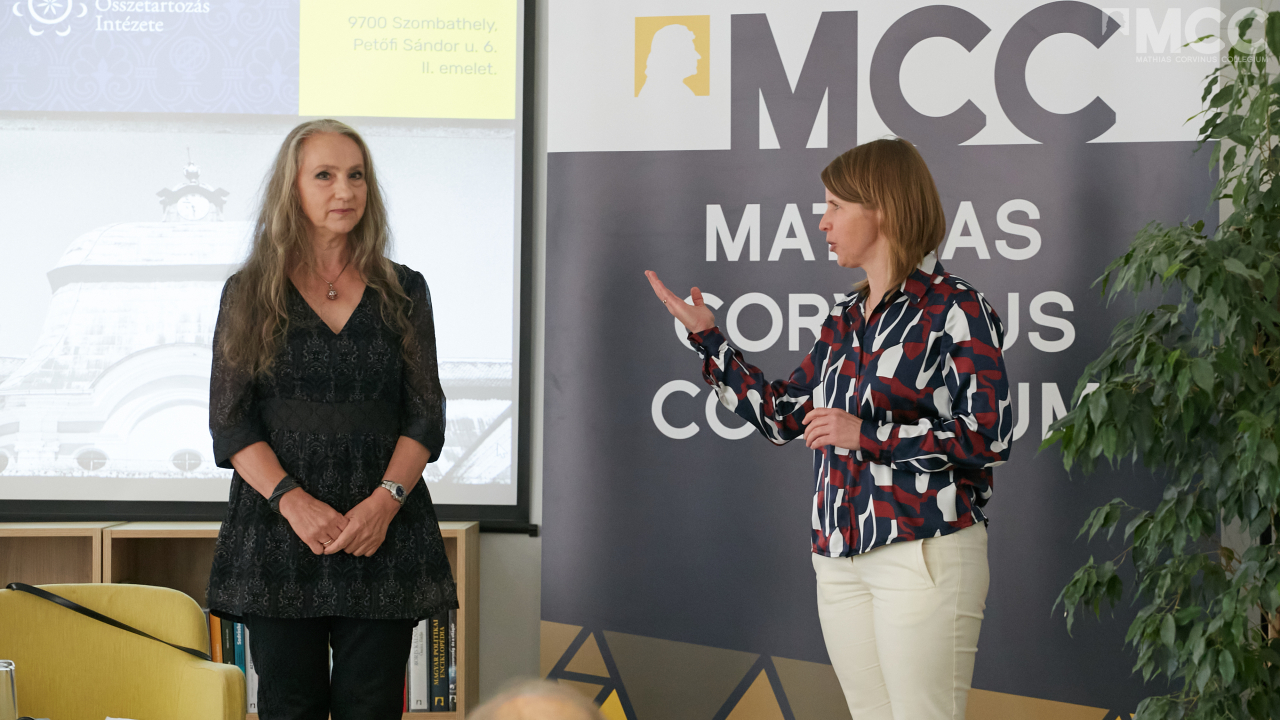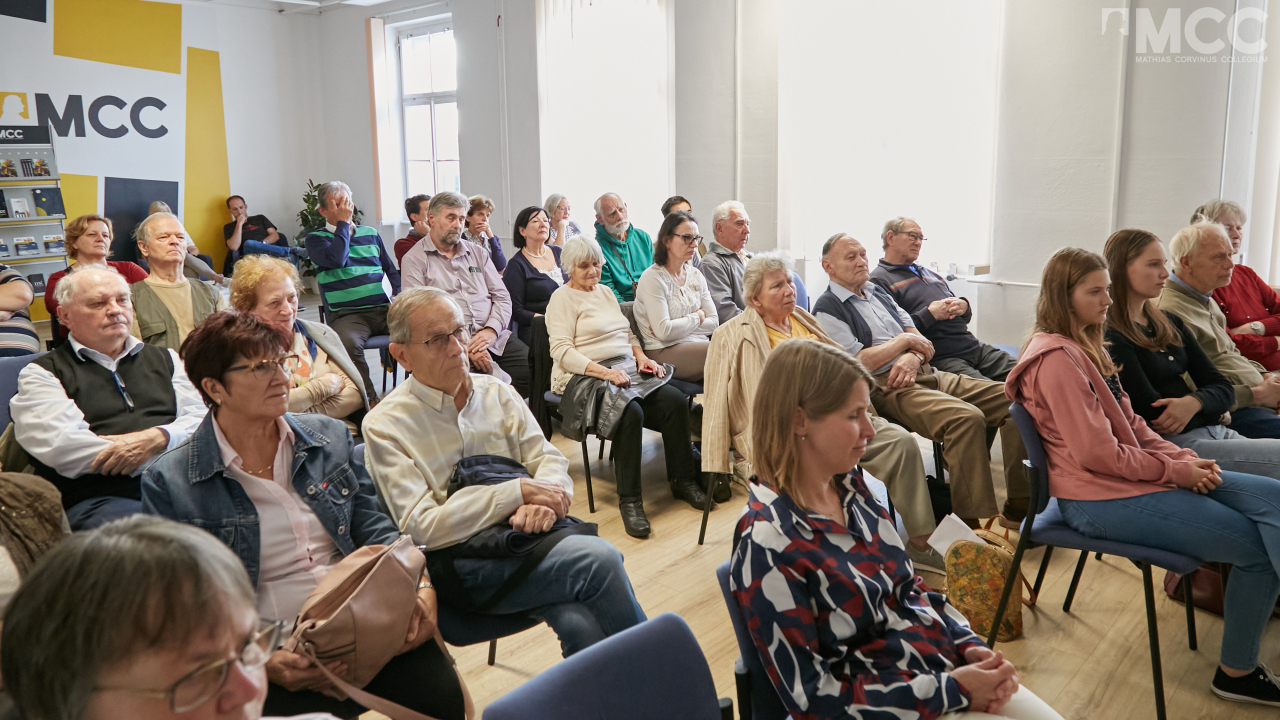Reading time: 2 minutes
Saving the castles of Transylvania is much more than just historic preservation. These buildings are important symbols of Hungarian national identity and culture.
"My wife and research partner, Anita Major, and I have been to the Carpathian Basin. We were driven by the curiosity to find out what is the unknown story about Hungarians in the area. We started researching Transylvania, Slovakia, Vojvodina, and then we went all the way to Africa and found that there were important positive and negative chapters of Hungarian history that had been left out. There are political reasons for this, rooted in the recent past: the historiography of 1945-48 and 1989-90 put a lot of emphasis on covering up these issues and chapters." - Gábor Margittai, Director of the MCC's Institute for Hungarian Unity, began his presentation.
These places hold memories - stories of the people who once lived, created and struggled in these buildings. But the history that is locked within these walls is now in the process of decay: castle parks where sheep graze, castles that are falling into disrepair. The Romanian state had no interest in restoring them because they are linked to Hungarian history. At the same time, without the help of the state or foundations, which could provide significant financial resources to save these castles, 'patching' them up will not solve the problem.
The presentation focused on the Kemény Castle in Brâncovenești, as it is the most important castle in Hungarian cultural history. The lord of the castle spent his own fortune to save Hungarian literature in Transylvania between the two world wars.
At the moment, there is no concrete solution to save the castles, but more and more people feel that something must be done. The lecture also highlighted the fact that these problems cannot go away by themselves. Although the situation is difficult, initiatives such as the film In Search of Forbidden Castles are small steps in themselves. They make the wider public aware that these buildings are not just a passing memory, but a pressing issue that needs to be addressed. The making and screening of the film can also help to launch a social dialogue and, sooner or later, concrete steps to save them.








